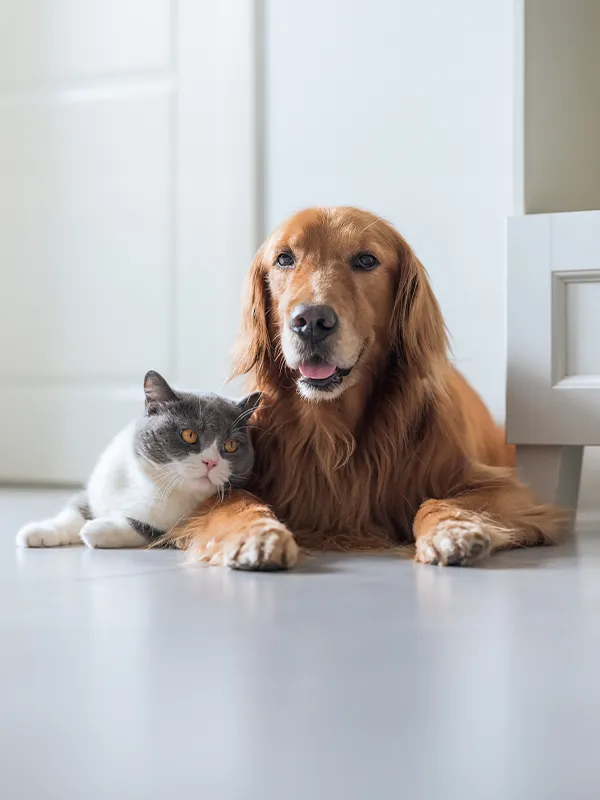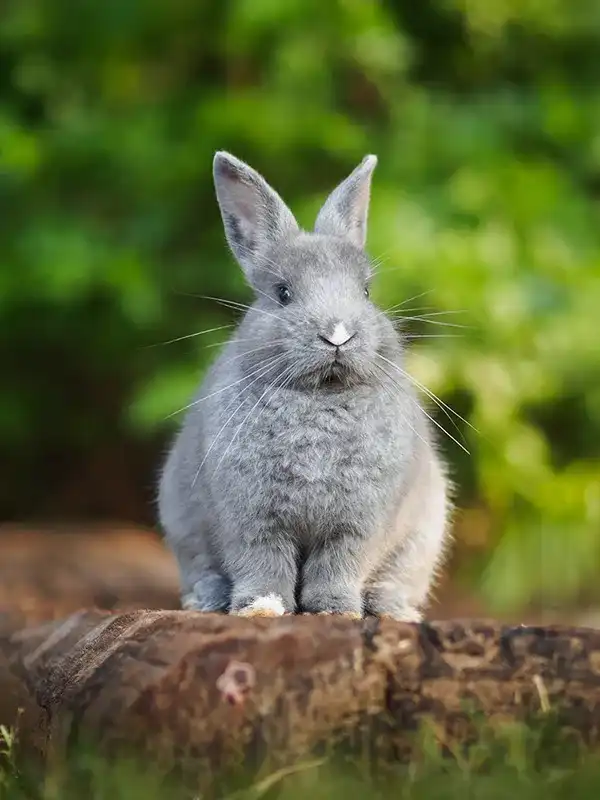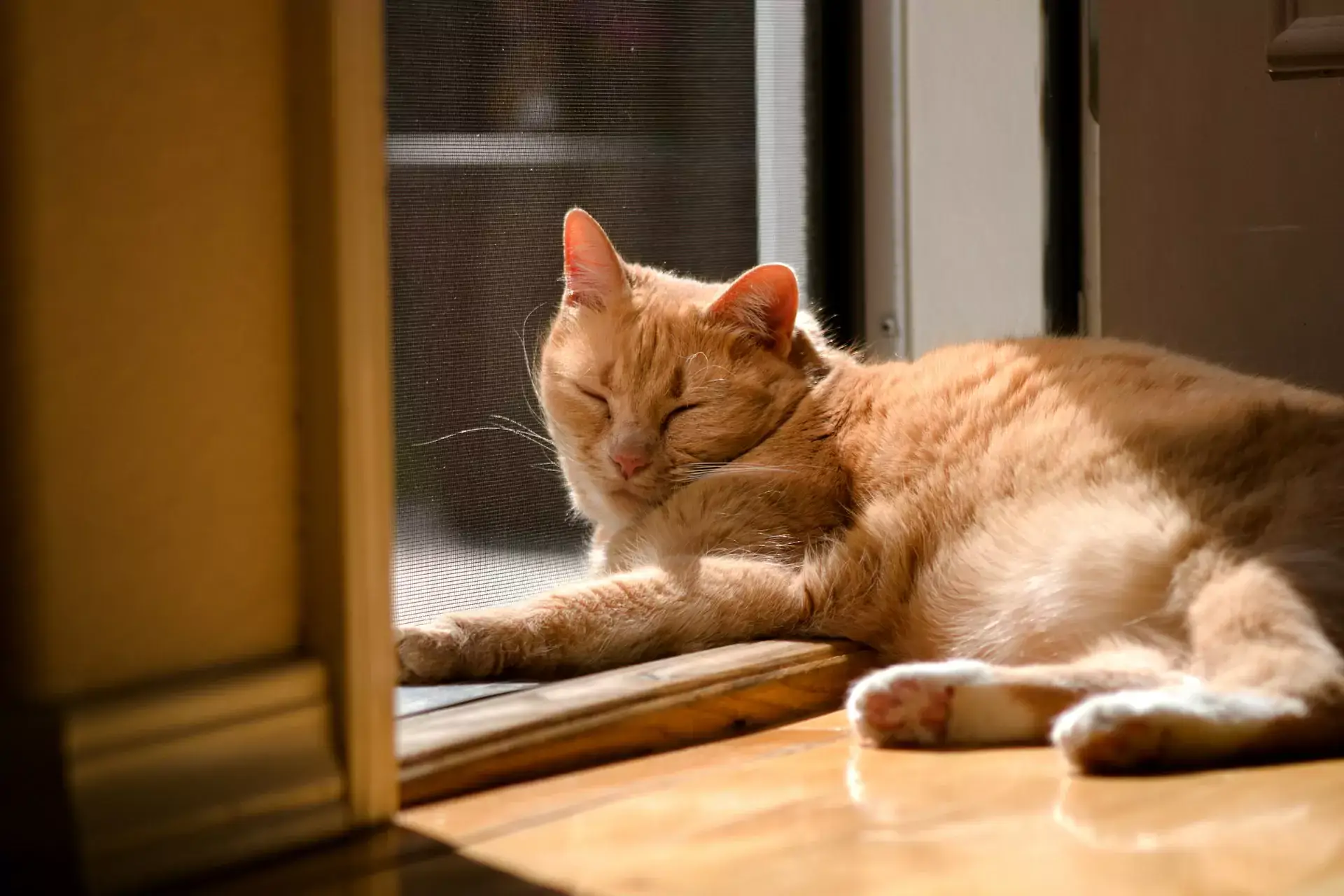bearded dragons are one of the most popular exotic pets? What sets these charming and adorable lizards apart from other reptiles? Aside from the fact that they are very cute, a lot of it has to do with their personalities. Beardies are much more friendly, personable, and affectionate than other reptiles. A Pasadena, TX vet goes over some tips on keeping a beardie happy and healthy in this article.
Are Bearded Dragons Easy To Care For?
A few basics: they get up to about two feet long, though their tails make up a lot of that. They can live about ten years.
Bearded dragons are one of the easiest reptiles to care for. This is another reason why they are popular: they are good beginner lizards. However, while they don’t need a whole lot of daily care, they do have some specific needs. It’s important to know the do’s and don’ts of taking care of them.
A few key tips on dragon care:
- Diet: Beardies eat both insects and produce. The proportions will change over time: juveniles need more protein, so their diets require a higher percentage of bugs than adult dragons’ do. You’ll also need to dust your pet dragon’s food with vitamins and nutrients. Ask your vet for specific advice on this.
- Habitat: Terrains should be, at the very minimum, 40 gallons for an adult, though bigger is better. For substrate, you can use various options, including reptile carpet and butcher paper. Sand is also sometimes recommended, but take care: silica sands can cause intestinal blockages. Sand is also not safe for baby beardies.
- Environment: Beardies do need to be kept in a specific temperature range. You’ll need to provide two temperature zones. During the day, the warm end should be between 104 and 107F, with the cool part between 70 and 77. Both ends can be cooler at night.
This is a very brief overview. Be sure to ask your vet for specific advice on basic care, including habitat setup, substrate, environmental needs, and diet.
What Keeps A Bearded Dragon Happy?
Now on to the fun stuff. As mentioned above, beardies are a lot more fun and charming than the average reptile. Many snakes and lizards are absolutely beautiful, but not exactly cuddly. Beardies, however, are the only reptile known to be actually affectionate. In fact, many don’t just tolerate being held or petted: they actually crave it.
How Often Should I Hold My Bearded Dragon?
Every beardie is a bit different. If you have adopted an adult, you’ll be able to gauge it by their reactions to being held. With babies, it’s important to handle them frequently, to get them used to human contact. Usually, handling juveniles between 2 and 4 times daily, for between 5 and 15 minutes at a time, is good. Watch for signs of stress or fear, though. If your little buddy seems scared, let him be.
Also, it’s best not to handle very young dragons. Wait until they are a few months old and about six inches long. You can still gently stroke them and talk to babies, though..
Do Bearded Dragon Bites Hurt?
That is going to depend on the size of the dragon. If you have a young or small dragon, it’s probably just going to be a pinch. A larger dragon, however, is strong enough to not only hurt, but cause injuries.
Do Bearded Dragons Get Attached To Their Owners?
They actually do! Of course, it may take a bit of research to become familiar enough with dragon body language and behavior to tell.
Here are a few signs that your lizard likes you:
- Acts excited to see you
- Likes to nap/relax on your lap
- Comes when you hold out a hand
As with most pets, healthy dragons are happy dragons. Monitor your pet’s body condition carefully, and keep up with veterinary appointments.
What Is The Right Way To Hold A Beardie?
There are some definite do’s and don’ts here. At the top of the list? Never try to hold your lizard by his legs or tail.
Hold Them Properly
Never hold a bearded dragon by the stomach. Keep a hand and arm beneath your pet, and keep a good grip on them. While a cat may be fine if they jump away, a beardie may very well injure itself.
Keep Things Calm
Don’t try to handle your pet when you have a lot of people around, or if things are just loud and chaotic. If you have a dog, put Fido in the other room: your reptilian pal will likely be quite scared of them!
Timing Is Everything
Take care to time it right. Don’t try to handle your pet just after he’s eaten. He needs time to digest!
Don’t Force It
Your pet may enjoy being handled, but that doesn’t mean they want to cuddle all the time. If your reptilian buddy likes to hang out on your lap, that’s fine, but in general, it’s better to keep sessions short and sweet. Keep in mind that beardies do need to be kept in specific temperature ranges. If your place is much cooler than their habitat, their body temperature may drop too much if they are out of their cage.
Use Good Hygiene
Always wash your hands before and after handling your tiny dinosaur. Bearded dragons can transmit bacteria.
How Do You Play With A Dragon?
Believe it or not, beardies can be a bit playful. Your pet probably won’t bat a catnip mouse down the hall or chase a Frisbee, but they will enjoy some entertainment.
Play Ball: Many beardies like balls, such as those you may get for a cat, a hamster, or a small dog. Don’t give them anything small enough that they could choke on.
Stuffed Animals: Bearded dragons sometimes enjoy snuggling up with plushies. (Did we mention how cute these guys are?)
Toy Cars: We probably don’t have to tell you how adorable this is. You can even try getting one that is operated by remote control. Just make sure your pet doesn’t seem stressed, and don’t go very fast: you wouldn’t want them falling out.
Rubber Duck: Many beardies like baths, which is also good for keeping them hydrated. Give your pet a little rubber duck to play with. This can make for really cute pics, too!
Laser Pointers: Turns out bearded dragons also like one of Fluffy’s favorite toys. You will want to give your pet a live bug after, as they’ll expect food for ‘hunting’ their prey.
Explorations: Some bearded dragons actually enjoy taking walks on leashes. There are some caveats here. You’ll of course need to stick to safe areas. Avoid any place with potential hazards. These include dogs, chemicals (such as lawn/garden products), trees, pools, and broken glass. You’ll also need to make sure you have a good harness.
Swimming/Soaking: Your pet may enjoy a supervised swim in a bathtub or shallow kiddie pool. Just supervise them carefully.
Cuddles: Your pet may also enjoy hanging out on your lap as you watch TV. One thing to note here. While many animals close their eyes when they are relaxed, this is actually a sign of discomfort in beardies.
No matter what you’re doing, pay attention to see if your pet seems to be enjoying himself.
How Do I Tell If My Beardie Is Stressed?
Just like any other animal, bearded dragons can feel stressed or anxious. Your tiny dinosaur can’t tell you what’s wrong, so you’ll need to watch for warning signs. Glass surfing is one. This is when your pet may be literally climbing the walls of their terrarium. Other warning signs include diarrhea, lack of appetite, refusal to eat, hiding, and lethargy. Your pet may not bask, and you may notice some discoloration. Contact your Pasadena, TX vet immediately if you spot any of these things, as these can be signs of sickness as well as stress.
Make An Appointment At Your Pasadena, Tx Pet Clinic!
Do you have questions about bearded dragon care? Contact us, your Pasadena, TX pet hospital, today!







